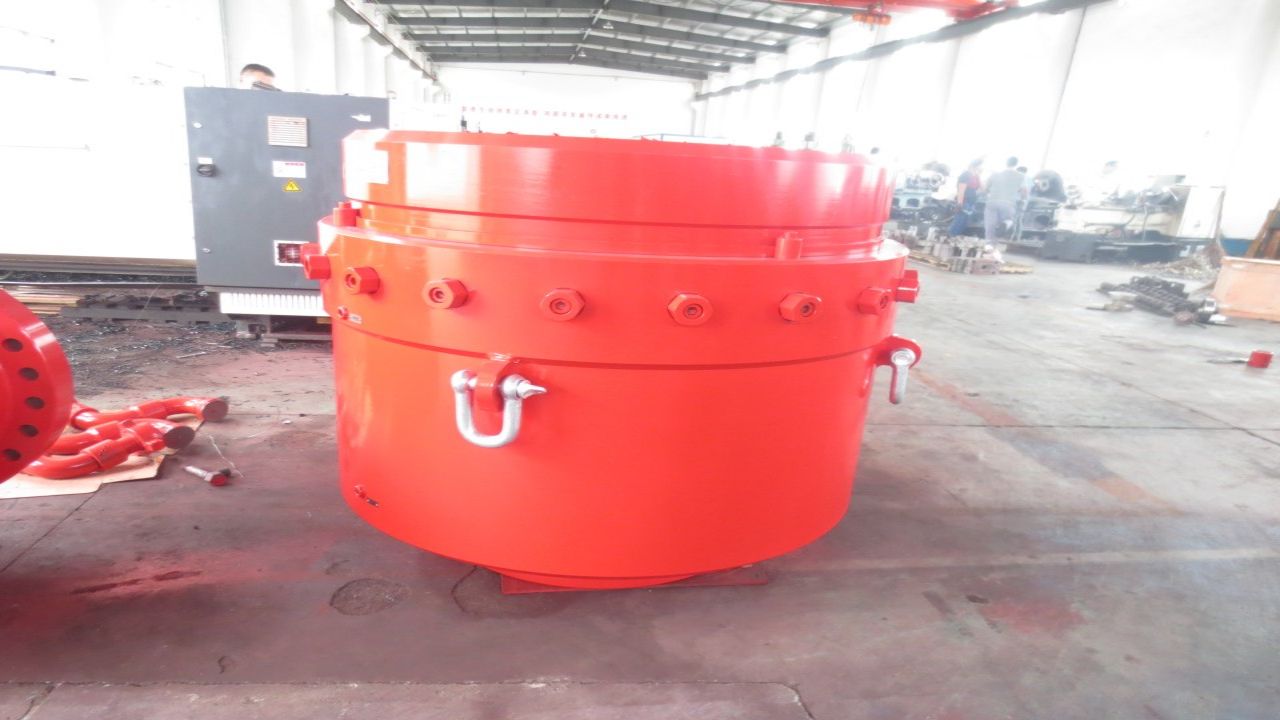In our vast and complex world of oil and gas exploration, safety and efficiency are paramount. Among the myriad of equipment used in this industry, the bop oilfield equipment stands as a crucial component in preventing potential disasters. They are heavy-duty safety devices designed to prevent uncontrolled releases of hydrocarbons from oil wells. These devices act as a last line of defense during drilling and well-intervention operations, making them indispensable to the oil and gas industry.
Advantages of Bop Oilfield Equipment
BOP oilfield equipment offers a wide range of benefits that are critical to the safety and success of oil and gas drilling operations. These advanced devices serve as a crucial line of defense against potential blowouts and uncontrolled wellbore releases. Below are some of the key benefits of BOP oilfield equipment.
Well Control and Blowout Prevention
The primary function of BOPs is to maintain well control and prevent blowouts. In the event of a kick or an influx of formation fluids, BOPs swiftly seal off the wellbore, preventing the uncontrolled flow of hydrocarbons and minimizing the risk of a blowout. This helps safeguard personnel, the environment, and valuable assets.
Enhanced Safety
Safety is of paramount importance in the oil and gas industry. BOP equipment acts as a critical safety barrier, providing operators and rig personnel with a reliable means of responding to emergencies. By shutting down the wellbore during well control incidents, BOPs help prevent accidents and reduce the potential for injuries and fatalities.
Environmental Protection
It is essential to understand that these devices play a crucial role in mitigating the environmental impact of oil and gas drilling. By preventing uncontrolled releases of hydrocarbons, BOPs help minimize the risk of oil spills and other environmental disasters that can harm marine life, coastal ecosystems, and local communities.
Regulatory Compliance
Also, oilfield equipment is designed to meet stringent industry standards and regulatory requirements. Compliance with these standards is essential for obtaining drilling permits and ensuring the responsible operation of oil and gas wells.
Versatility and Adaptability
BOPs come in various types and configurations, making them adaptable to different drilling scenarios and wellbore conditions. Whether onshore or offshore, shallow or deep water, BOPs can be tailored to suit the specific needs of the drilling operation.
Emergency Response Capability
BOPs are equipped with hydraulic systems that enable quick and precise responses during well-control incidents. This allows rig personnel to act swiftly and decisively, minimizing the potential consequences of unexpected wellbore events.
Subsea Applications
Subsea BOP systems are particularly crucial for offshore drilling operations. These devices are installed on the seabed and connected to the drilling rig via risers and control umbilical. Subsea BOPs allow for good control of the ocean floor, offering additional safety measures for underwater drilling operations.
Remote Monitoring and Control
Many modern BOP systems come equipped with remote monitoring and control capabilities. This enables real-time status updates and allows operators to remotely activate BOP functions, adding an extra layer of safety and control to drilling operations.
Conclusion
As mentioned at the start of our guide, BOP oilfield equipment is a crucial component of oil and gas drilling operations offering many benefits to its users. In other words, these devices play an indispensable role in safeguarding both the workforce and the environment throughout the drilling process.


